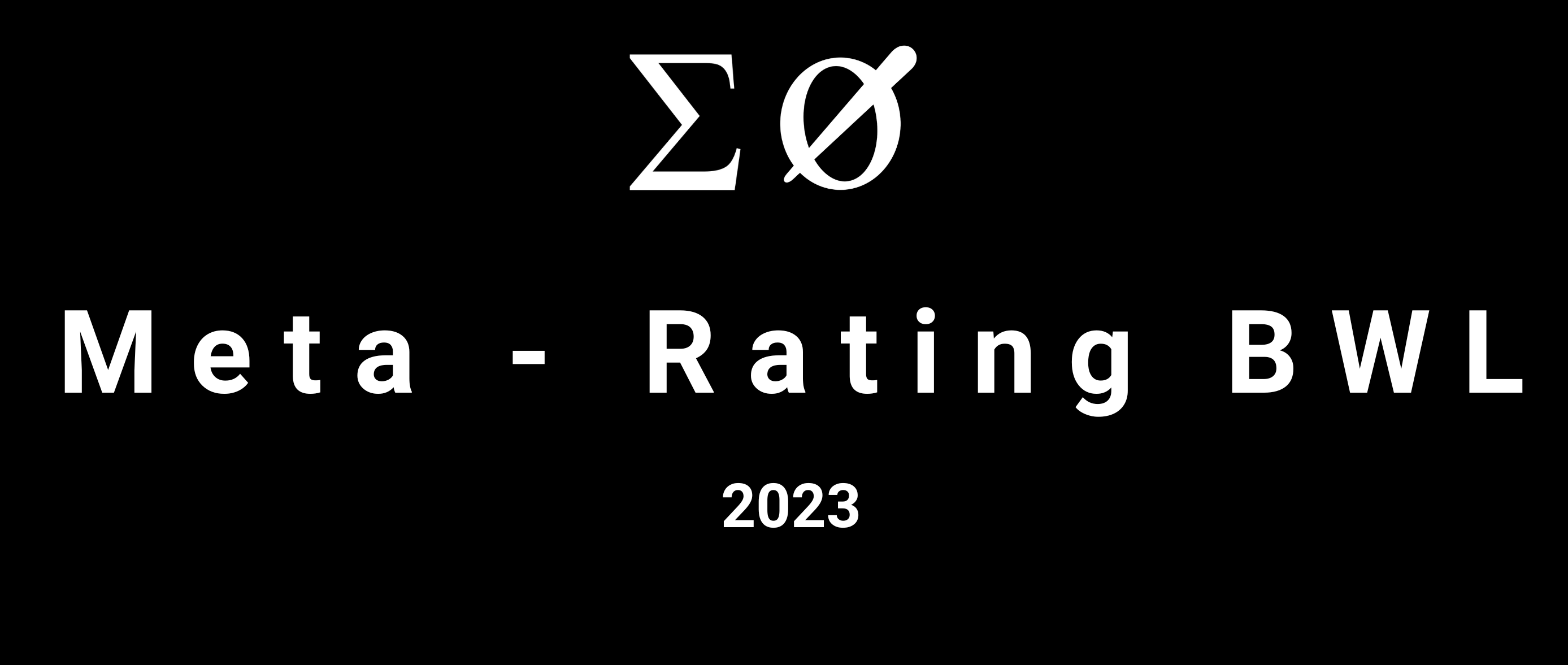The meta-rating condenses information from recognized international ratings. It focuses on the
leading journals in business administration.
The following ratings are included in the meta-rating:
- Australian Business Deans Council
- British Association of Business Schools (ABS) Ranking
- Centre National de la Recherche Scientifique
- Danish Ministry Ranking
- Erasmus Research Institute of Management Journals Listing
- Financial Times 50 Ranking
- Scimago
- UT Dallas
We deliberately choose a simple method for condensing information from existing ratings so that it is comprehensible. We disclose our method in detail under the respective menu item to provide complete transparency. We also point out that this methodology was discussed in the VHB working group on new publication media ratings before we carried out the meta-rating.
The rating of the journals follows a simple rationale. Each of the 8 ratings is considered as a tournament. The central idea in each tournament is to compare a journal X with all other journals in the same rating. Points are awarded in each comparison. We use only ordinal information. If journal X is positioned better than journal Y, journal X gets two points. If both journals are listed in the same category, Journal X receives one point. If Journal X is positioned worse than Journal Y, Journal X receives no point. Journal X is compared to all other journals in the rating, and its points are added up. An overall result is obtained across all journals and all tournaments.
The meta-rating is a useful supplement to a survey-based rating, as it condenses a large number of existing ratings. The measurement errors of the individual ratings thus tend to balance. It also reflects the perspective of the international scientific community. At the same time, the survey planned by the VHB can make important additional contributions, namely:
- The rating of German journals (which are only listed in a few international ratings and are therefore missing from the meta-rating),
- The classification of journals from other disciplines (which are also only listed in few international business administration ratings, but are of particular importance for interdisciplinary researchers),
- The rating of lower-rated journals,
- The evaluation of other publication media and the use of other evaluation criteria, if requested by the WKs.

